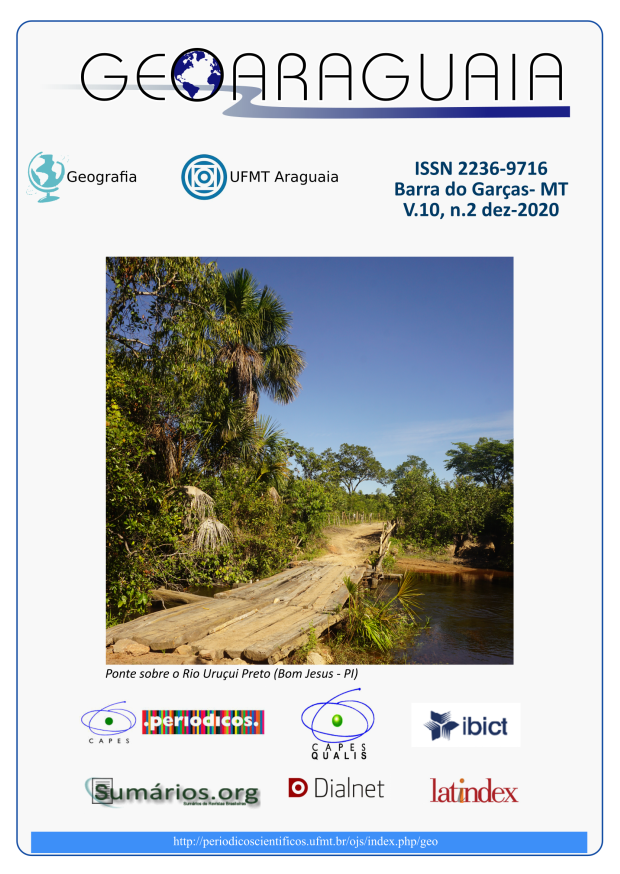Review of Geochimical, Isotopic and Fluid Inclusions Studies in Ramand Region (Qazvin Province)
Resumo
O depósito de cobre de Ramand é um exemplo de depósitos contendo veias de origem vulcânica localizado na zona de Urumieh-Dokhtar. O depósito é uma sequência de origem vulcânica do Eoceno e a rocha principal encontrada na área é o riolito. Os principais minerais são calcopirita, pirita, covellite e ouro natural; e os minerais de rejeitos incluem quartzo, calcita e sericita. O teor médio de ouro nas veias de sílica é de 133,5 ppb, o teor médio de cobre é de cerca de 3,5% e o teor médio de molibdênio é de 135 ppm. As veias hidrotermais de sulfeto de quartzo contêm inclusões fluidas ricas em líquidos bifásicos e inclusões fluidas ricas em líquidos monofásicos. A temperatura de homogeneização variou de 73 a 307°C com uma média de 141°C e em todas as amostras, a homogeneização foi realizada na fase líquida e as variações de salinidade variaram de 1,75 a 4,74 com uma média de 3,65% em peso de NaCl equivalente
Downloads
Publicado
Edição
Seção
Como Citar
Licença
A Revista Geoaraguaia poderá solicitar alterações de ordem normativa, ortográfica e gramatical, com vistas a manter o padrão culto da língua. Se necessário, alguns ajustes normativos podem ser feitos pela revista, porém respeitando o estilo dos autores.
As provas finais não serão enviadas aos autores.
As opiniões emitidas pelos autores dos artigos são de sua exclusiva responsabilidade.





 A revista
A revista